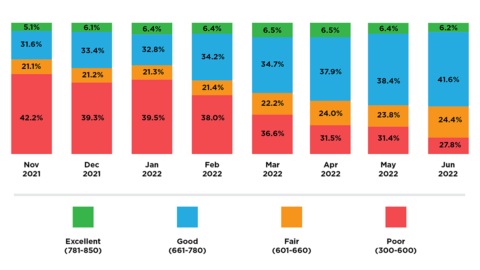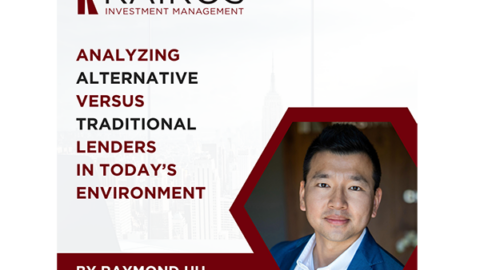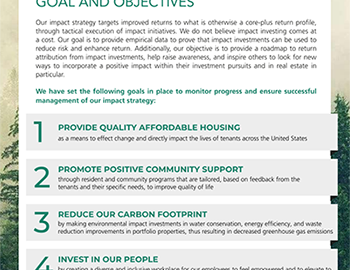Authored by Jonathan Needell, President and Chief Investment Officer
August 19, 2021 (reposted from LinkedIn article published on December 21, 2017)
My recent post about being an investor and not a speculator reminded me of the flaws in the business model of some fund managers. I have been discussing this issue for over a decade, but this post will help put the discourse into perspective. (Please note this discussion only pertains to active managers charging fees accordingly.)
The determination of one’s status as an investor or a speculator is directly linked to the misalignment that occurs within fund managers’ cultures.
Misaligned managers are driven to raise capital, drive AUM, fee revenue, and then deploy capital regardless of the environment for attractive investment opportunities. This means when capital is available and good opportunities are scarce, a manager will deploy anyway. A misaligned manager justifies beta performance through the satisfaction of the client mandate to deploy capital into a specific strategy or market (real estate for instance). The manager is then absolved of mundane performance at market levels (or worse), as a beta manger. They are accepting of the speculator risk profile of “you win some, you lose some.” There is no focus on execution and learning, getting better, mitigating risk, maximizing opportunities, or active approaches to managing investments. The absence of these active pursuits is the inaction of a speculator, not the proactive approach of an investor.
A misaligned managers focus becomes growth in assets under management (AUM) for fee revenue. This of course drives profits of the management firm and not necessarily profits to investors. The AUM focus aligns employees to grow AUM, which can be done as a beta manager, performing no better than average for the market, and can force a marketing-driven purpose for the manager. That makes the definition of success the ability to raise capital, not the ability to deploy capital successfully into investments that make an adequate return while protecting principal. Being good at capital raising and being a good investor are distinct and very different competencies.
The superior goal should, of course, be a manager who generates alpha or better than market investment performance. Alpha can be generated by higher returns than market with similar risk or more likely acceptable returns (including market level returns) and principal protection with risk that is perceptibly lower than market.
To generate a firm culture that drives investment performance an investment manager (including not only principals, but employees) should be aligned with investors. That alignment should include downside outcomes and not just a share of the profits. AUM growth should not be the objective. Consistent performance at better than market levels of risk and return through active management should be the goal and is the definition of a successful investor.
Look for a future post on how to achieve alignment with investors.
For questions, contact investor relations at investorreporting@kimc.com or 949-800-8500.
*There are no guarantees that any specific investment strategy will be profitable or equal to past performance levels. All investment strategies have the potential for profit or loss.
Photo Credit: Depositphotos.com standard license Photo by Jeff Banke image ID: 40111165










